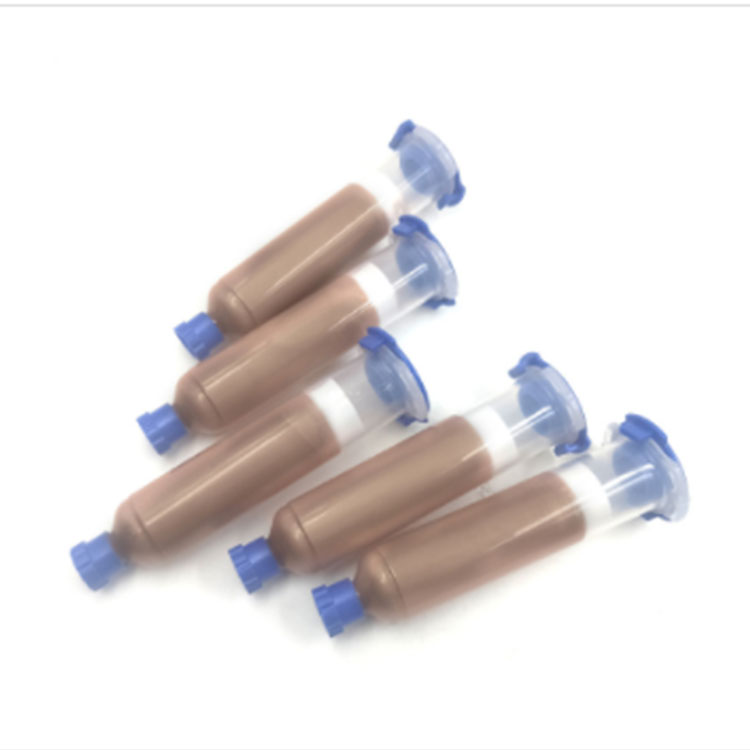

Hotline:0755-22277778
Tel:0755-22277778
Mobile:13826586185(Mr.Duan)
Fax:0755-22277776
E-mail:duanlian@xianjinyuan.cn
The sealing of electronic products usually uses silicone material sealing adhesive because it has good resistance to high and low temperatures, can withstand cold and hot changes between -60 ℃ and 200 ℃ without cracking and maintaining elasticity. After filling and modifying with thermal conductive materials, it also has good thermal conductivity. After sealing, it can effectively improve the heat dissipation and moisture resistance of electronic components. Moreover, silicone material electronic sealing adhesive is soft after curing, which is convenient for the maintenance of electronic devices. Compared with epoxy resin material electronic sealing adhesive, it has high hardness after sealing and curing, is easy to pull electronic components, has poor resistance to cold and hot changes, and is prone to small cracks during cold and hot changes, affecting moisture resistance. Its temperature resistance is only -10 ℃ to 120 ℃, generally only -10 ℃ to 120 ℃. Suitable for electronic devices with no special environmental requirements.
In the process of using sealant, we often encounter some problems. Today, we will briefly summarize and provide countermeasures for those who encounter problems for your reference.
1Electronic sealing adhesiveHow to solve poisoning without solidification?
Silicone poisoning generally occurs on addition molding electronic sealing adhesive, and the silicone will not cure after poisoning. Therefore, when using addition molding sealing adhesive, it should avoid contact with organic compounds containing phosphorus, sulfur, and nitrogen, or use polyurethane, epoxy resin, unsaturated polyester, condensation type room temperature vulcanized silicone rubber and other products together with addition molding silicone to prevent poisoning and non curing.
2. What can be used to clean the accidentally stuck electronic sealant?
The commonly used silica gel cleaning agents mainly include alcohol, acetone, Baijiu, etc. Remember to dilute them when using them.
3. What should I do if the electronic sealing glue doesn't dry in winter?
Due to the low temperature in winter, the electronic sealing adhesive solidifies slowly or even for a long time after mixing. Therefore, we can increase the curing temperature and place the sealed product in a 25 ℃ oven for curing.
4Organic silicon electronic sealing adhesiveWhat are the advantages and disadvantages compared to other sealing adhesives?
Advantage 1: Long term protection for sensitive circuits or electronic components, providing effective protection for electronic modules and devices, whether simple or complex in structure and shape.
Advantage 2: It has stable dielectric insulation performance and is an effective barrier to prevent environmental pollution. After curing, it forms a soft elastic body that eliminates stress caused by impact and vibration in a large temperature and humidity range.
Advantage 3: It can maintain its original physical and electrical properties in various working environments, resist degradation by ozone and ultraviolet radiation, and has good chemical stability.
Advantage 4: After sealing, it is easy to clean and remove for repairing electronic components, and new sealing glue can be injected into the repaired area.
However, silicone sealant also has two drawbacks:
① Poor adhesion. When used as a sealing or coating material, in order to improve the adhesion with the base substrate, it is usually necessary to pre coat the substrate or add a thickening agent, which is more complicated to use.
② Easy to be poisoned (non curing), silicone sealant is a relatively environmentally friendly sealant, while platinum hardener is more reactive and easily reacts with other impurities, causing poisoning.

Advanced Institute (Shenzhen) Technology Co., Ltd, © two thousand and twenty-onewww.avanzado.cn. All rights reservedGuangdong ICP No. 2021051947-1 © two thousand and twenty-onewww.xianjinyuan.cn. All rights reservedGuangdong ICP No. 2021051947-2